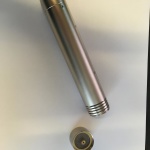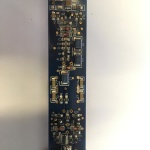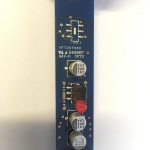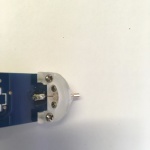Those output transistors, have you replaced them? Or were they just hand-soldered (or hand-reworked) at the factory?
That source resistor on the edge of the board makes (more) sense, since the bias varies with each individual JFET...
That source resistor on the edge of the board makes (more) sense, since the bias varies with each individual JFET...
JuanV said:

















